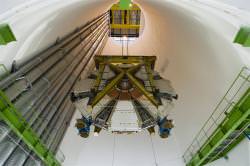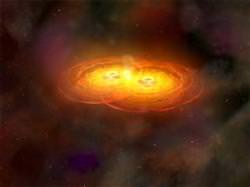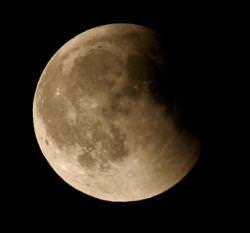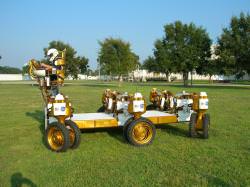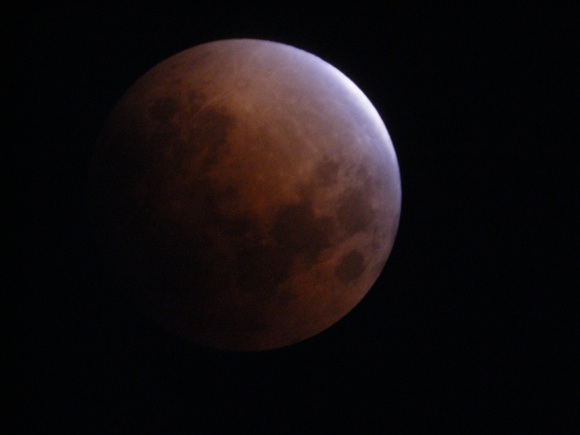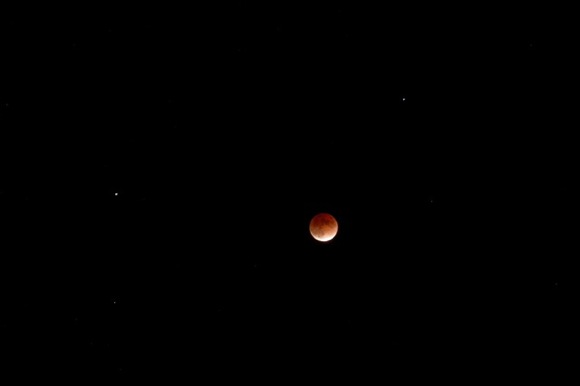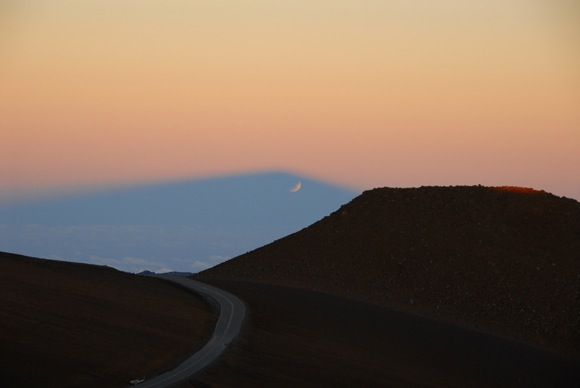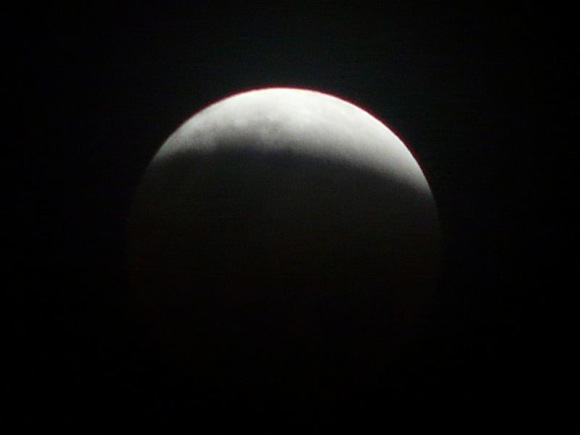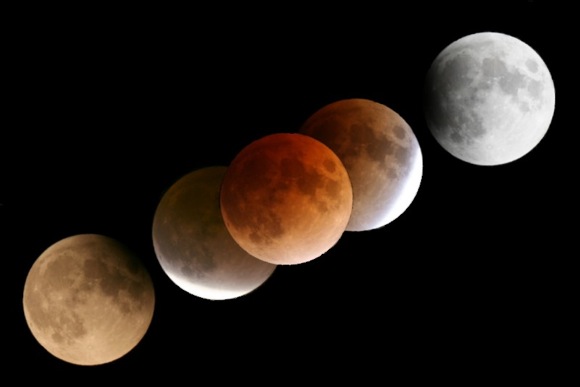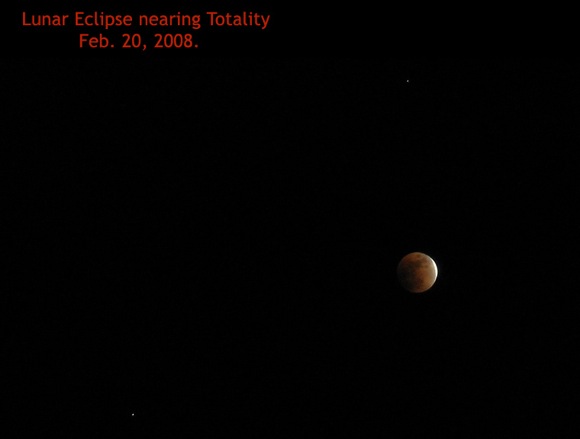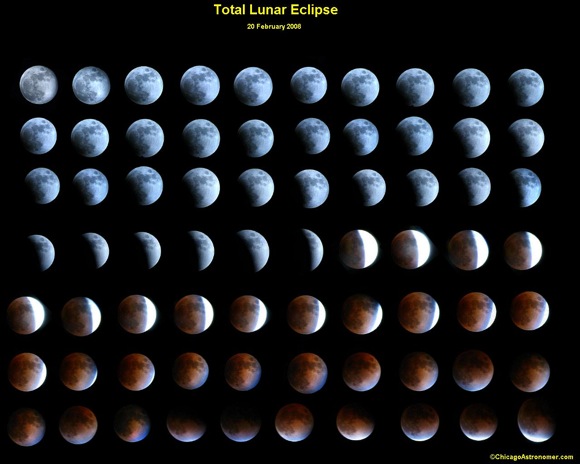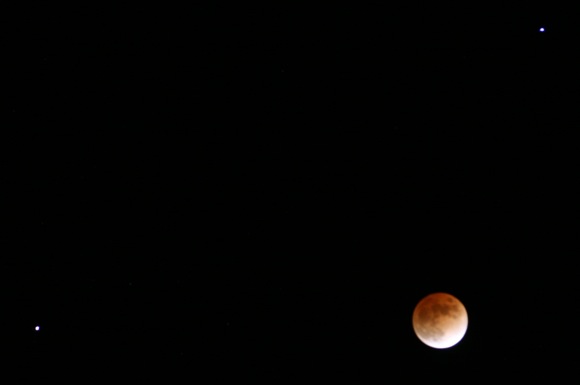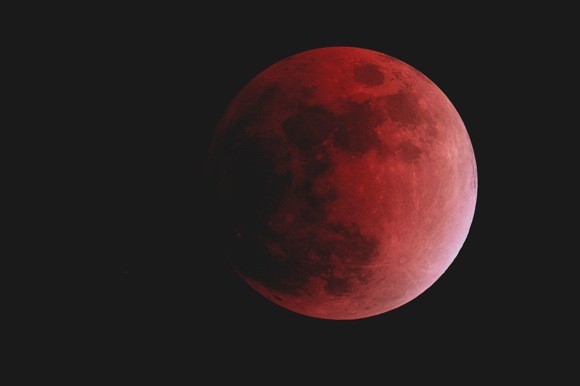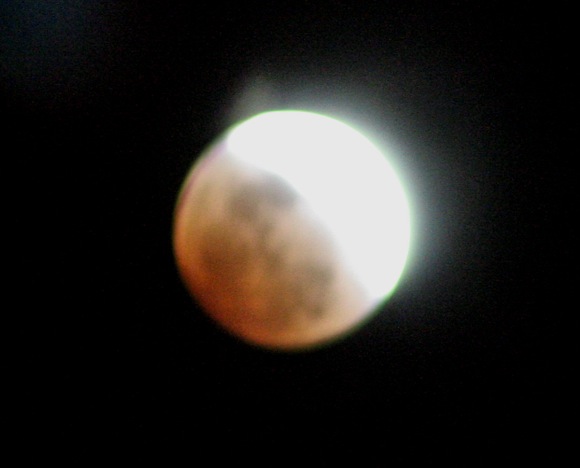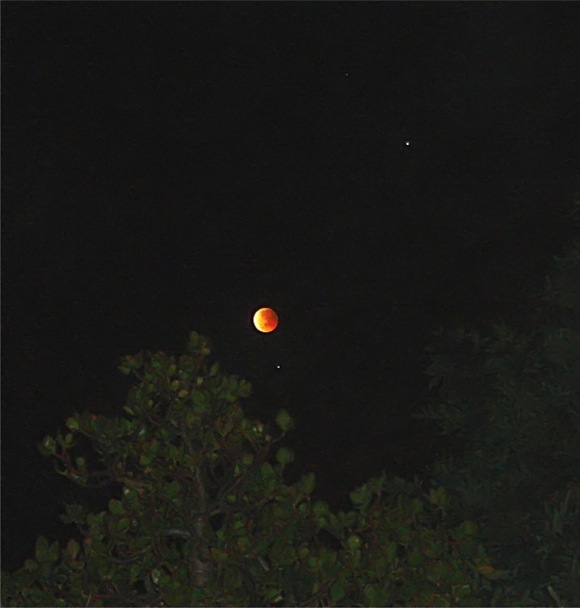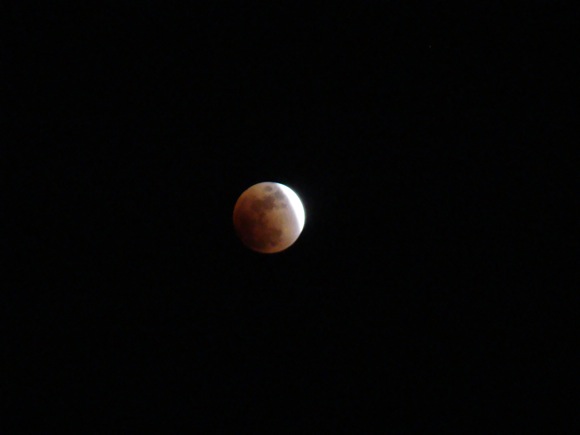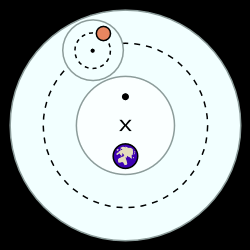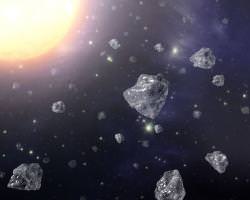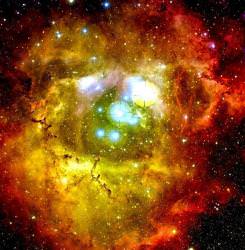One of the most complicated construction projects ever attempted reached a major milestone today. The final large detector element for the ATLAS instrument was lowered into the Large Hadron Collider. And this baby’s big. Weighing in at 100 tonnes. When the collider finally comes online, this instrument will measure the cascade of particles generated in proton-proton collisions.
The ATLAS detector itself is enormous, weighing 7,000 tonnes and measuring 46 metres long, 25 metres high and 25 metres wide. It has 100 million sensors that will track all the particles that freeze out when protons are smashed together at tremendous energies.
And so today, the final element for ATLAS was plugged into its permanent home. It’s known as a “small wheel”, and there are two of them in the detector. Compared to the full ATLAS instrument, it only weighs 100 tonnes, and measures a mere 9.3 metres across.
Since the whole detector is located deep underground, engineers had to lower each piece down a 100 metre shaft. And they’ve been installing pieces this way since 2003. In the case of the small wheel, it was even harder to get it down.
“One of the major challenges is lowering the small wheel in a slow motion zigzag down the shaft,” explained Ariella Cattai, leader of the small wheel team, “and performing precision alignment of the detector within a millimetre of the other detectors already in the cavern.”
With all of ATLAS’ parts in place, it’s time to enter the commissioning phase. Researchers will test all of the parts together in preparation for the first tests this Summer.
By this time next year, physicists might have many more answers about the nature of gravity, dark matter, and nature’s preference for matter over dark matter. And I’m sure they’ll have even more new questions. But that’s how science works.
Original Source: CERN News Release

